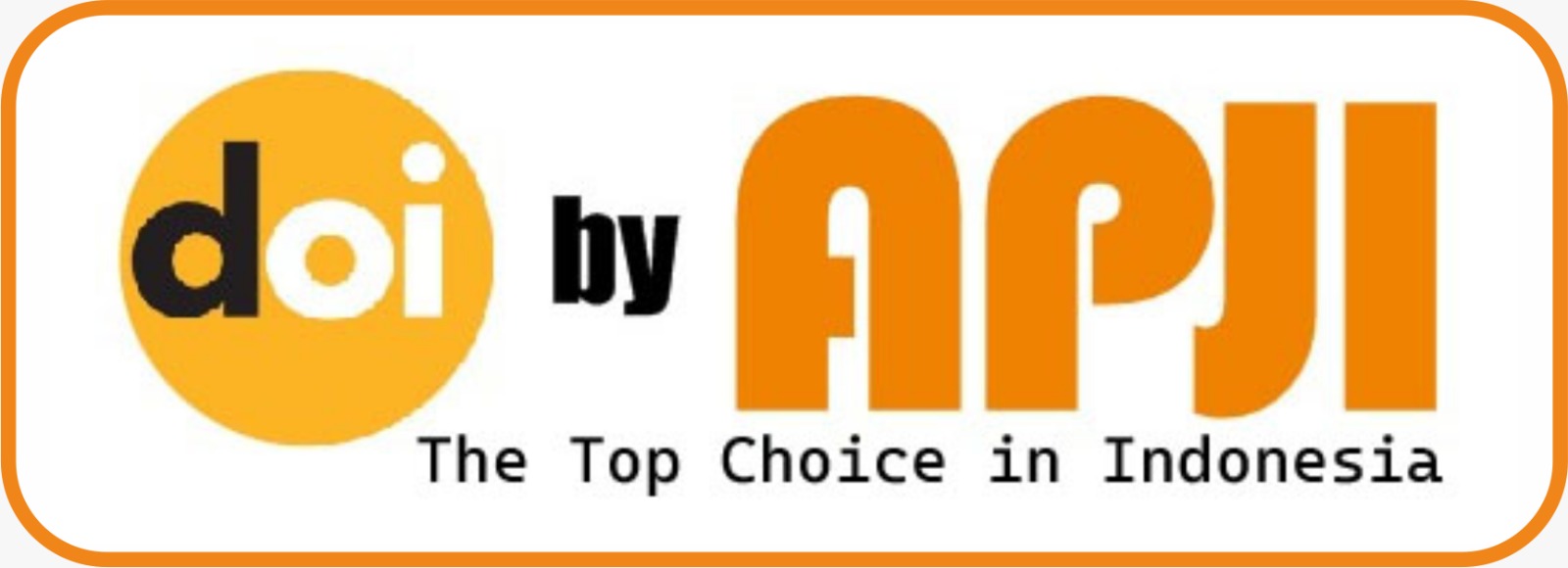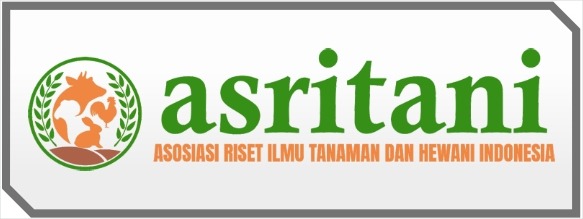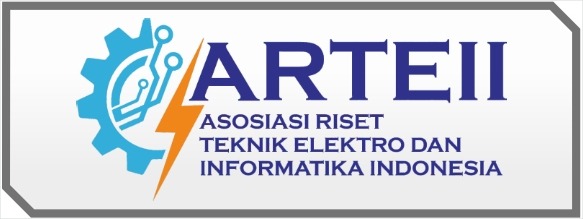Investigatory Study of the Growing Effect of African Teak (Pterocarpus erinaceus) Bark in Modified Feed Using Rabbit
DOI:
https://doi.org/10.69930/ajer.v1i2.23Keywords:
African teak, Pterocarpus erinaceus bark, growing rabbits, dietAbstract
A total number of 3 growing rabbits about two weeks old were used in an experiment that lasted for 2 weeks. To investigate the growing effect of Pterocarpus erinaceus on growing rabbits. Three experimental diets, T1, T2, and T3 containing 0 %, 2.5 and 5 % of Pterocarpus erinaceus meal respectively were formulated, and three rabbits were randomly assigned to each diet. Daily feed intake was significantly higher in animals receiving Pterocarpus erinaceus bark meal than in animals on the control diet. Body weight changes of the animals on T1 were significantly higher than those on T2 and T3. The feed conversion ratio was the same in both T1, T2 and T3. The result of this experiment reveals that Pterocarpus erinaceus bark meal can be used in the diet for growing rabbits at a 5 % dietary level to enhance feed intake and weight gain thereby growing rabbits without compromising feed efficiency. The insight from the medicinal point of view makes the feed potent for ailment treatment and enhances both PCV and Hb. The initial PCV before the administration of the feed was for T1; 20.30 %, T2; 20.70 %, and T3; 21.68 %. After the administration of the feed, the final PCV was for T1; 24.60 % T2; 27.20 %, and T3; 28.20%. In the case of Hb, the initial Hb for T1 was 6.8, T2 was 6.9 and T3 was 7.2 whereas, after the administration of the feed, the final Hb for T1 was 8.2 g/dL, T2 was 9.2 g/dL and T3 was 9.4 g/dL. The use of Pterocarpus erinaceus as a natural source in meal preparation may help to reduce cost of feed preparation, improve, maintain and supplement to meet daily requirements of essential nutrients by reducing the use of synthetic food supplements.
References
Dao HT, Sharma NK, Swick RA, Moss AF. Feeding recycled food waste improved feed efficiency in laying hens from 24 to 43 weeks of age. Sci Rep. 2023;13(1).
FAO-UN. Global Initiative on Food Loss and Waste Reduction. 2015. Available from: http://cait.wri.org
Mmereki D, David VE, Wreh Brownell AH. The management and prevention of food losses and waste in low- and middle-income countries: A mini-review in the Africa region. Waste Manag Res. 2024;42(4).
Bala S, Ambe SK, Ballantyne R, Cunha DA, Daniels B, Eladak A, et al. Transformation of Agro-Waste into Value-Added Bioproducts and Bioactive Compounds: Micro/Nano Formulations and Application in the Agri-Food-Pharma Sector. Bioengineering. 2023; 1;10(2).
Nath PC, Kumar V, Chauhan J, Kumari A, Kaur S, Bhardwaj R, et al. Valorization of Food Waste as Animal Feed: A Step towards Sustainable Food Waste Management and Circular Bioeconomy. Animals. 2023;13(8).
Yafetto L, Odamtten GT, Wiafe-Kwagyan M. Valorization of agro-industrial wastes into animal feed through microbial fermentation: A review of the global and Ghanaian case. Heliyon. 2023;9(4)
Hasan Z, Lateef M. Transforming food waste into animal feeds: an in-depth overview of conversion technologies and environmental benefits. Environ Sci Pollut Res Int. 2024;31(12):17951-17963.
Chojnacka K, Gorazda K, Witek-Krowiak A, Moustakas K. Recovery of fertilizer nutrients from materials - Contradictions, mistakes and future trends. Renew Sustain Energy Rev. 2019;110:485-498.
Yakubu S, Etim EE. CRS Modern Advances in Click Reactions and applications. 2023. Journal of Chemical Reactivity and Synthesis. 2023;13(2):129-151
Siddiqui Z, Albalawi AM, Younas U, Rehan M, Asiri AM, Alqahtani AS, et al. Recycling of food waste to produce chicken feed and liquid fertiliser. Waste Manag. 2021;131:386-393.
Dao TH, Swick RA, Sharma NK, Moss AF. Potential to produce poultry feed from food wastes. 2019. In: Proceedings of the Australian Poultry Science Symposium. University of Sydney.
Prabha PH, Saradhambal M. Sustainable agro waste processing technique for cattle feed production-a review. 2022. www.ijnrd.org
Convention on International Trade in Endangered Species of Wild Fauna and Flora Consideration of Proposals for Amendment of Appendices I and II. https://cites.org/eng/disc/text.php
Arbaind D, Saputri GA, Syahputra GS, Widiyastuti Y, Susanti D, Taher M. Genus Pterocarpus: A review of ethnopharmacology, phytochemistry, biological activities, and clinical evidence. J Ethnopharmacol. 2021;5(278):114316.
Houehanou TD, Assogbadjo AE, Glele Kakaï R, Kyndt T, Houinato M, Sinsin B. How far a protected area contributes to conserve habitat species composition and population structure of endangered African tree species (Benin, West Africa). Ecol Complex. 2013;13:60-68.
Taxonomy Kingdom Phylum Class Order Family Plantae Tracheophyta Magnoliopsida Fabales Fabaceae. doi: 10.2305/IUCN.UK.2018-2.RLTS.T62027797A62027800.en.
Goba KAE, Kouonon LC, Koffi KG, Bony BS, Diomandé I, Sié RS. Morphological Diversity within Pterocarpus erinaceus Poir. (Fabaceae), an Overexploited Species in the Savannahs of Côte d’Ivoire. Am J Plant Sci. 2019;10(9):1675-1688.
Noufou O, Medah I, Yapi S, Compaore M, Sawadogo R, Kinda D, et al. Biological and phytochemical investigations of extracts from Pterocarpus erinaceus poir (Fabaceae) root barks. Afr J Tradit Complement Altern Med. 2017;14(1):187-195.
Habou R, Sidibé S, Kouadio JA, Ibrahim H, Lamien-Meda A, Dicko MH. Perception paysanne et importance socioculturelle et ethnobotanique de Pterocarpus erinaceus au Burkina Faso et au Niger. Afrique SCIENCE. 2017;13(5):43 - 60
Turkson PK, Ganyo EY. Relationship between haemoglobin concentration and packed cell volume in cattle blood samples. Onderstepoort J Vet Res. 2015;82(1):863.
Olujimi J. Pterocarpus erinaceus leaf extracts phytochemical composition and its effect on growth performance and intestinal microbial population of weaned rabbits. Texas J Agric Biol Sci. Available from: https://zienjournals.com
Musongong GA, Fakae BB, Chiejina SN, Musongong G, Fakae B, Chiejina S. Hematological Values of out Bred Domestic Rabbits in Eastern Nigeria. 2003. Tropicultura, 2003:21(4):186-188
Downloads
Published
How to Cite
Issue
Section
License
Copyright (c) 2024 Agu Matthew Onyema, Suleiman Ismail Garba, Shedrach Yakubu, Agha Inya Inya, Onyima Chibuike Sylvester

This work is licensed under a Creative Commons Attribution-ShareAlike 4.0 International License.























